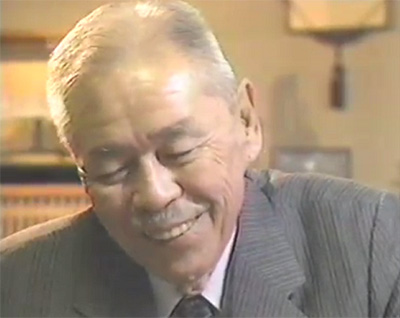Today I’d like to take a look at a lesson from Taiichi Ohno regarding the pursuit of quality. His comment, “The pursuit of quantity cultivates waste, while the pursuit of quality yields value,” struck a chord with me. Among other things, he's referring to the importance of resisting mass-production thinking, and that reminded me of a similar concept, what’s now known as the Deming chain reaction. For both of these quality masters, quality improvement was the key to productivity and market share.
|
ADVERTISEMENT |
During Ohno’s time with Toyota, he instituted a type of alert called an andon, which means “lantern” in Japanese. On the shop floor andons are used to alert workers—either visually or by sound—about where to direct their attention. Toyota requires operators to pull an andon cord to stop a production line if a defect is found, or if there’s a stock outage. Andons also alert managers about the issue. They are an effective way to keep everyone on the shop floor aware of quality practices.

Taiichi Ohno
…
Add new comment